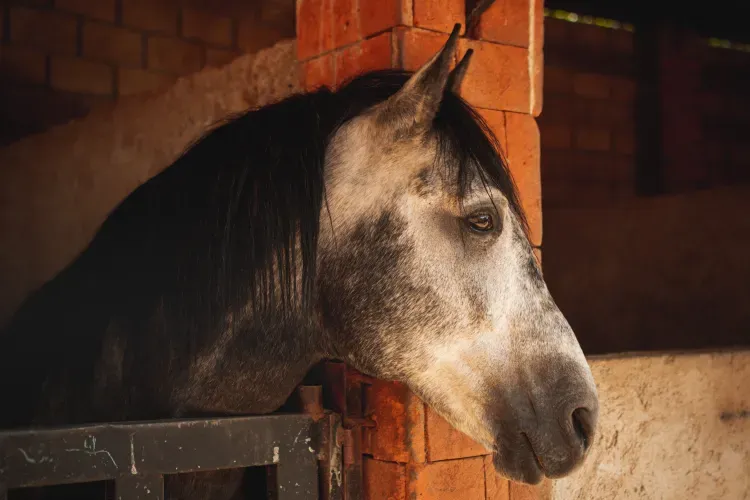
Understanding the difference between anxiousness and wilfulness requires the careful observation of your horse. It can be very difficult to distinguish between the two problems.
The Anxious Horse
The anxious horse who refuses to do something or go somewhere will speak to you through their body language. Look for any of the following signs:
- Constant snorting
- Anxious looking eyes
- Showing the white of the eye
- Elevated heart beat
- Bucking, and rearing
- Running backward
- Refusing to move forward
- Flared nostrils and wide eyes
- Shaking
- Holding the head much higher than normal
- Spooking.
These are typical indications of anxiety but the highlighted signs can indicate an over-excited horse. Shaking can also be because the horse is cold.
The Wilful Horse
These horses are showing dominance over humans and this can be seen through the following:
- Bucking, and rearing
- Running backward
- Refusing to move forward
Remember that, bucking and rearing can be caused by exuberance.
Sometimes it is hard to decide whether the Horse is Anxious or Wilful
An anxious horse might be concerned about something he knows will frighten him. He might know his ride takes him past pigs and he anticipates this. This horse might refuse to leave the yard and might appear stubborn rather than frightened. However, he is frightened and does not want to confront his fear.
So the horse who is refusing to move forward, or is bucking, rearing, or running backward could be either anxious or wilful. If the issue is fear this must be identified and stress reduction strategies will be needed.
Anxiousness could be Historic and related to Past Experiences
This makes the correct approach more problematic but the following strategies are useful:
- Leading your horse as they are fequently more confident when led past a fear
- Keeping to leading around a known route until the horse develops confidence
- Ride in the company of a bold horse.
The post below will give more information and advice

Article Suggestion
Tricks and Tips with Head Shy and Bridle Shy Horses
